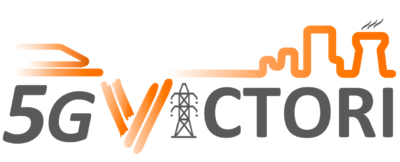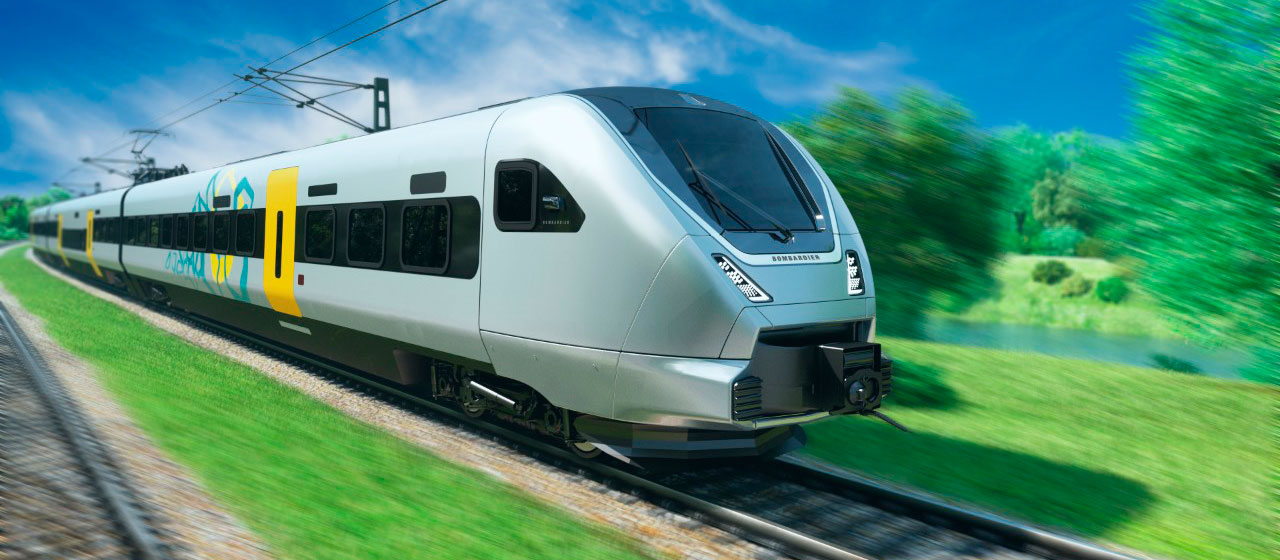Rail Signaling over 5G
The air-interface for radio communication in general is the scarce resource in our society. Many kinds of vertical service traditionally need their own radio communication solution. Trains use typically GSM-R, Voice use 3G or 4G, Power meter readings use GSM or low bitrate long range solutions, Taxi cars use their own radio – the list can be made long. This is at least how it looks like today 2020.
What if upcoming 5G (and 6G+) can be used by all these vertical services. Imagine if a cellular system could offer solutions that makes it possible to use only one type of cellular systems in the society to satisfy all these vertical services – in principle using the same frequency spectrum and resources for all these users. Railway communications with Rail Signaling, Rail Cab Voice, Rail Sensor Data, and Rail Surveillance CCTV, Predictive Maintenance, etc could use the same cellular system together with all other vertical services in the society.
The fifth cellular generation, 5G, offers functionality to split resources over the air-interface, and in principle in the radio access network and core network as well (even if these are not a natural scarce resource – as people normally throw bandwidth on the problem), with the use of Network Slicing (which includes Quality of Service). Cells in 5G+ could share resources for different needs with a number of Network Slices – not too many, as the pool of resources in each Network Slice would then be too small, leading to bad air-interface utilization.
When the railway business moves from GSM-R to Future Railway Mobile Communication System (FRMCS), it would be natural to allocate a 5G Network Slice for all train operators in a certain railway corridor. In this way rail operators can use a share of a 5G+ cellular system, which means that railway operators don’t need to deploy their own radio network.
The rail operator’s paradigm shift is to consider the radio network as a service, not as an asset (which needs to be maintained). This shift is targeted in the Shift2Rail projects, where for example project X2RAIL 1 describes a Rail Signaling KPI in D3.1 User & System Requirements (Telecommunications) to be 150 kbps per train. Also FRMCS has a User Requirements Specification saying Low Bandwidth for Rail Signaling (CBTC), giving no figures.
Bombardier Transportation contributes with a Rail Signaling traffic generator and a CCTV camera with monitoring in the 5G‑VICTORI project, included among the Rail Transportation Services. Rail Signaling characteristics over 5G together with all sorts of other vertical services using the same air-interface 5G spectrum will be interesting to take part of and will give valuable experience.

Peter Lundh
Bombardier Transportation – Rail Control Solutions





